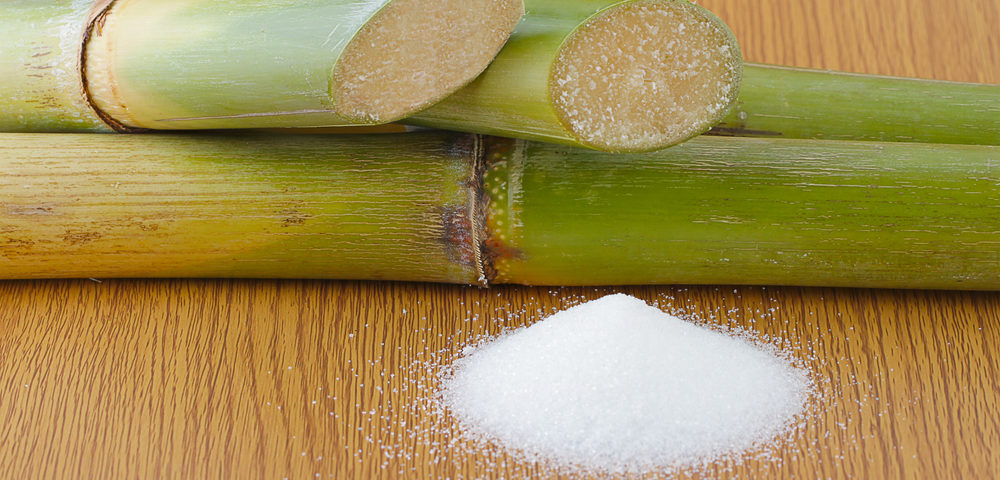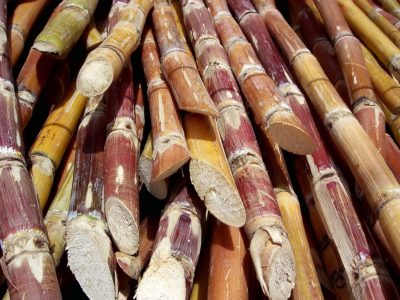Just How Cane Sugar Handling Chemicals Improve Sugar High Quality and Yield
The duty of handling chemicals in walking stick sugar manufacturing is pivotal, as they directly affect both the quality and yield of the end product. By employing materials such as lime and phosphoric acid, producers can successfully get rid of impurities and boost extraction performance. In addition, the unification of turned on carbon and enzymes offers to enhance the breakdown of complex sugars, ultimately leading to a purer and higher-quality sugar. The details of exactly how these chemicals engage within the handling setting raising questions regarding their lasting effects and possible developments in the industry.
Review of Walking Stick Sugar Handling
Cane sugar handling involves a collection of vital actions that transform raw sugarcane right into polished sugar products. The procedure begins with harvesting, where mature sugarcane stalks are reduced and transferred to processing facilities. Upon arrival, the cane undergoes cleaning to get rid of contaminations such as soil and plant products.
Adhering to washing, the walking stick is squashed to remove the juice, which has sucrose - sugar and cane. This juice goes through clarification, where lime and heat are utilized to get rid of staying contaminations and non-sugar components. The clarified juice is after that vaporized to concentrate the sugar content, leading to the formation of thick syrup
Next, the syrup is taken shape via a controlled cooling procedure, leading to sugar crystals. These crystals are separated from the continuing to be syrup in centrifuges. The raw sugar acquired is commonly brown as a result of residual molasses content. To accomplish polished sugar, additional filtration actions are used, including cleaning, re-crystallization, and drying.
The end product is either packaged as raw sugar or even more processed into white sugar, satisfying various consumer and industrial requirements. This thorough collection of steps makes sure the production of premium sugar, vital for numerous applications in food and drink sectors.
Secret Handling Chemicals Used
The production of polished cane sugar counts on numerous handling chemicals that play substantial functions at various stages. This action is crucial for improving the general quality of the extracted juice.
Phosphoric acid offers a twin purpose; it improves the explanation process and assists in the removal of color-forming substances, contributing to a higher purity of the end product. Furthermore, sulfur dioxide operates as a bleaching representative, permitting the efficient elimination of unwanted pigments and boosting the shade of the sugar.
Other notable chemicals include turned on carbon, which is employed for additional decolorization, and enzymes that assist in the break down of complicated sugars into easier forms, hence enhancing return. The careful selection and application of these handling chemicals are vital for enhancing the effectiveness of sugar extraction and refining procedures, ultimately leading to a much more consistent and higher top quality sugar item.

Influence on Sugar Top Quality
How do handling chemicals influence the quality of refined sugar? The introduction of various chemicals in the walking cane sugar processing stage substantially boosts the purity and total top quality of the end product. Secret agents, such as phosphoric acid and calcium hydroxide, facilitate the clarification process, successfully getting rid of contaminations and colorants that can adversely influence sugar's appearance and taste. By reducing the effects of unwanted components, these chemicals assist achieve a greater level of decolorization, causing a much more marketable and visually enticing product.
In addition, making use of turned on carbon and ion-exchange resins throughout the refining process plays an important role in eliminating off-flavors and undesirable smells, contributing to the sugar's sensory profile. This refinement not just elevates the organoleptic and aesthetic top qualities but also boosts the service life by minimizing microbial task connected with impurities.
Additionally, the exact application of these chemicals guarantees that the sugar exhibits a regular grain dimension and flowability, which are vital attributes for both industrial applications and customer choices. On the whole, the strategic use handling chemicals is basic in accomplishing top notch polished sugar that satisfies market criteria and customer assumptions.

Enhancing Return Efficiency
Enhancing return effectiveness in cane sugar handling includes enhancing different phases of manufacturing to take full advantage of the quantity of sugar extracted from raw walking stick. One important aspect is the choice linked here and application of ideal handling chemicals, which can assist in the failure of cell wall surfaces and boost sugar release throughout extraction. Chemicals such as acids and enzymes play a crucial duty in this process by hydrolyzing polysaccharides and liquifying pollutants, thus boosting the total removal performance.

Normal monitoring and change of processing specifications are vital to preserve efficiency throughout manufacturing (sugar and cane). By utilizing these techniques, sugar producers can not just raise the quantity of sugar acquired yet additionally lower waste and reduced manufacturing costs, adding to an extra lasting and profitable sugar handling procedure
Advantages for Consumers and manufacturers
Walking cane sugar handling chemicals provide considerable advantages for both producers and customers, producing a more sustainable and effective market. For producers, these chemicals boost removal processes, resulting in higher yields and improved sugar quality. By optimizing the purification and condensation phases, they lower waste and rise overall performance, which can dramatically reduce manufacturing prices. This efficiency allows producers to continue to be affordable in an international market identified by rising and fall prices and need.
For consumers, the benefits are just as compelling. The enhanced top quality of sugar translates to better preference and consistency in foodstuff. Additionally, the usage of handling chemicals can lead to a much more stable supply of sugar, alleviating lacks and rate spikes that can occur because of environmental aspects or market variations. Furthermore, the developments in manufacturing techniques add to sustainability campaigns by reducing source usage and waste generation, interesting ecologically conscious customers.
Conclusion

The duty of handling chemicals in walking stick sugar production is crucial, as they straight influence both the quality and return of the final product (sugar and cane). The consolidation of turned on carbon and enzymes serves to optimize the malfunction of complex sugars, eventually leading to a purer and higher-quality sugar.Cane sugar my review here handling involves a series of critical actions that change raw sugarcane right into refined sugar products.Enhancing yield efficiency in cane sugar handling involves enhancing numerous stages of manufacturing to take full advantage of the amount of sugar removed from raw walking cane.Cane sugar processing chemicals play an essential function in improving both sugar quality and yield